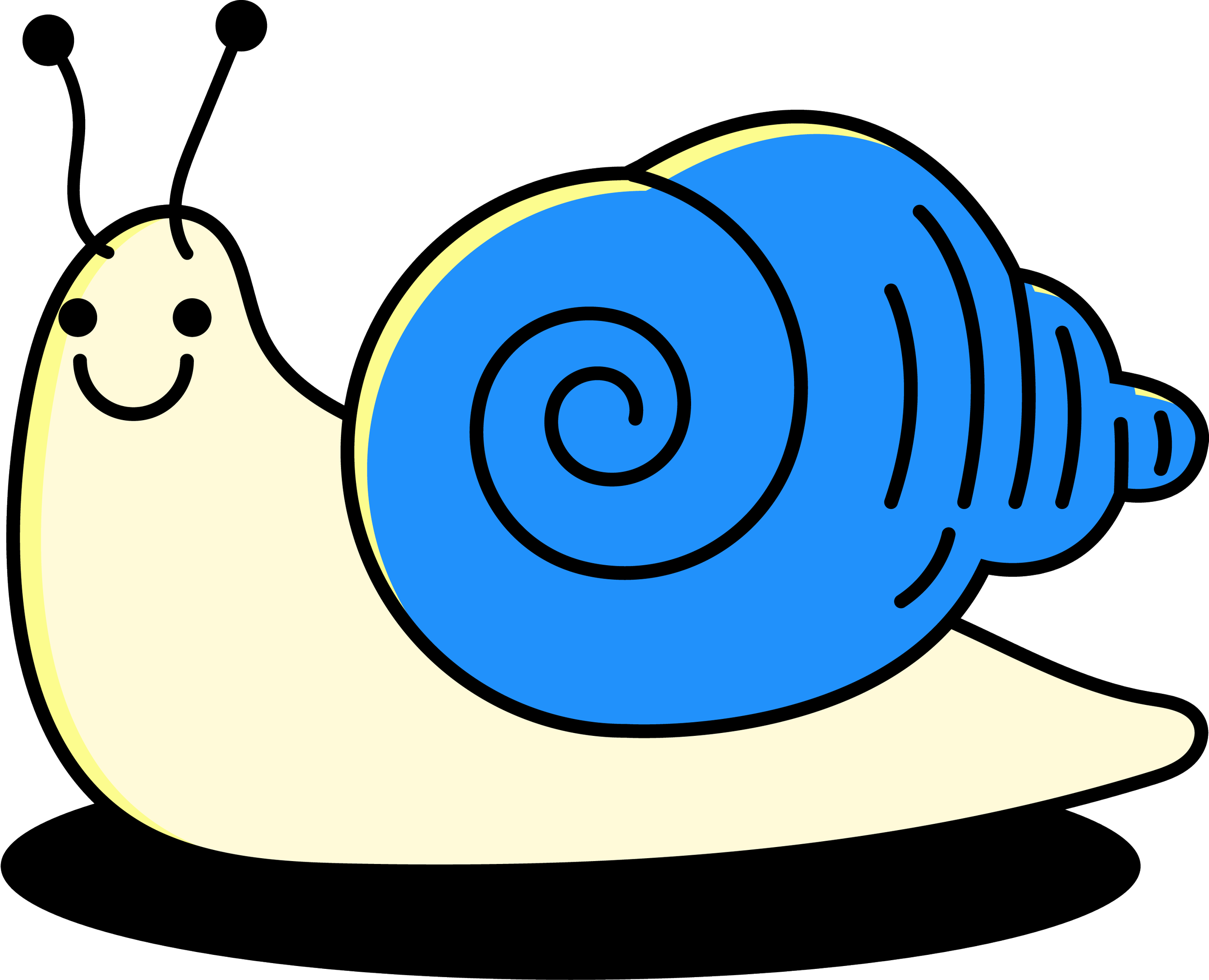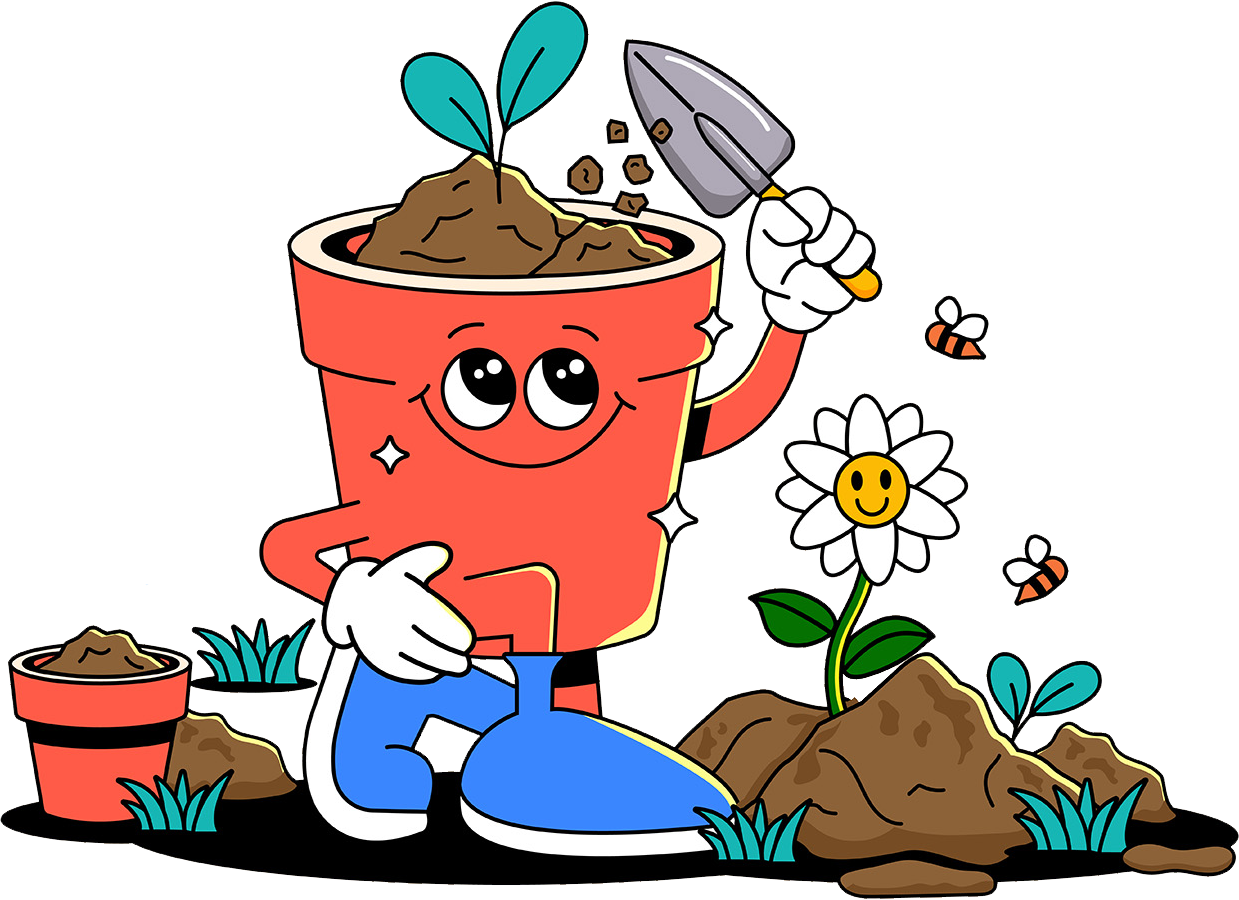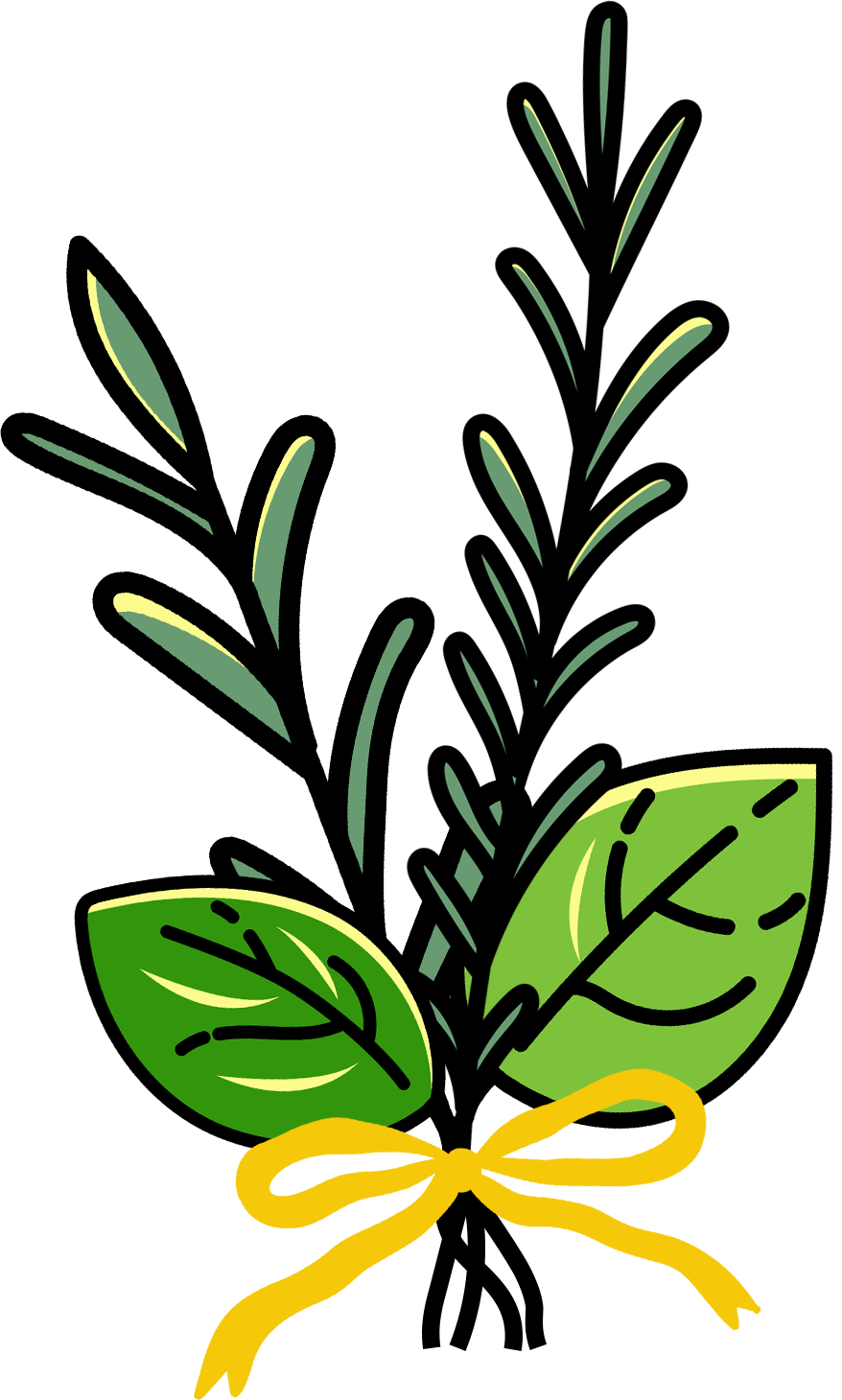Thyme
FULL SUN
6+ hours of direct sunlight daily
☼ A total sun lover ☼
In lower light conditions, thyme can become leggy, pale and lose its bright flavor.
Thyme tolerates full sun well but can also benefit from a bit of afternoon shade.
If you notice thyme leaves looking withered or crispy, consider moving somewhere it can get a break from harsh afternoon sun.
Keep soil dry
This is a drought-tolerant plant
Water thyme when its soil is nearly bone dry. Give it a thorough soak, ensuring it has good drainage. It is better to keep it underwatered than keeping it in soggy soil!
Overwatering and/or poor drainage can quickly lead to root rot and other issues.
Thyme prefers low humidity.
Indoor humidity should be fine as long as it is not crowded with other plants. Too much moisture in the air or around the base of the plant can lead to fungal issues.
soil needs
Thyme digs a dry, rocky and well-draining mix that mimics its Mediterranean roots.
When choosing a potting mix for thyme, look for mixes that include:
ᯓ Perlite and/or Coarse Sand ᯓ
Improves drainage and prevents waterlogging.
Harvesting
You can start harvesting thyme when it is about 4 to 6 inches tall and has a several stems of mature growth.
Try to harvest every 1 to 2 weeks or as needed to prevent it from getting too scraggly and bare. Light, consistent keeps its leaves flavorful and neat.
⊹ Use Clean Scissors or Fingers ⊹
Always use sanitized scissors or pinch off stems with clean hands to prevent spreading germs.
⊹ Identify the Pruning Spot ⊹
Snip off stems just above a pair of leaves, ideally from the top third of the plant. This is where the fresh, green growth is. Avoid cutting from the hardened, woody stem as it may not regrow from that point.
Cutting the soft, fresh stems not only gives you peak flavor, it also encourages the herb to keep growing!
You can gently strip the leaves off the stem with your fingers, but thyme will not regrow leaves on bare stems. It’s important to snip away whole green stems to encourage new growth.
⊹ Flowering (Bolting) ⊹
Snip off flower buds as they appear or try to harvest leaves before thyme begins to flower (bolt). Once it has flowered, the herb will slow down leaf growth and they may taste bitter.
Feel free to keep it flowering for pollinators or to collect seeds!
Common Issues
-
Likely due to not enough sunlight or harvesting/pruning.
Move to full sun! Make sure to trim the tips lightly and regularly (every 2 weeks or so).
-
Likely due to not enough sunlight.
If you notice your thyme is growing slowly or looking leggy, try moving it to a sunnier spot to soak up more rays.
-
A sign of overwatering or poor drainage. Soil that has been overwatered can lead to root rot and sickly leaves.
Remove affected leaves. Cut back on waterings.
If issue persists or you suspect root rot: remove from pot, trim away dead, mushy roots, and repot in fresh soil.
-
Usually a sign of a fungal problem caused by high humidity and low airflow.
Remove affected leaves.
Avoid misting or overhead watering thyme to prevent moisture on its leaves. If grown indoors, improve airflow by placing near a fan or giving it space from other plants.
-
Often due to low light, overwatering or not harvesting enough.
The keys to flavorful thyme:
Lots of sunshine
Water when soil is completely dry
Regular pruning
Pet Safe
Thyme is a non-toxic herb that is considered a safe herb to grow indoors or outdoors in pet-friendly spaces.












